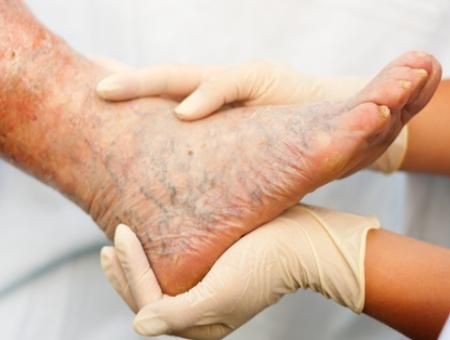Pelvic congestion syndrome or pelvic vein syndrome is a long-standing condition characterized by the presence of varicose veins in the pelvic region. Varicose veins are veins that are twisted, enlarged, and swollen due to abnormal vein functioning.
It results in constant, dull pain in the pelvic region that may aggravate during various conditions such as standing for long or later months of pregnancy. While the condition may occur in anyone, it is more likely to be seen in women with more than one pregnancy.
Pelvic pain syndrome is responsible for pain in about 30% of women with long-standing pain cases.
Symptoms
Most women with this syndrome complain of pain that may aggravate in the following conditions:
- A few days before the menstrual cycle
- Standing for a long time
- After or during sexual intercourse
- Later stages of pregnancy
The pain is dragging or a dull aching pain
Some other additional symptoms include:
- Abnormal bleeding during menstruation
- Depression
- abnormal vaginal discharge
- Abdominal pain
- Painful menstruation
- Fatigue
- Backache
- Varicose vein around buttocks, vulva, and legs
- Increased urination
- Swelling of the vulva or vagina
- Hip pain
Causes
As mentioned before, pregnancy is the common risk factor for pelvic vein syndrome. The following factors may increase the risk of varicose veins during pregnancy:
- Structural changes in the pelvis may affect some blood vessels
- Water retention may engorge blood vessels due to excess fluid volume and damaged valves
- High estrogen levels weaken the vessel wall
Diagnosis
Your doctor will ask your detailed history about pain and its aggravating factors. They may also advise the following tests to confirm the diagnosis of pelvic vein syndrome:
- Ultrasound
- MRI
- CT scan
- Venogram
- Laparoscopy
Treatment
The primary aim of treating pelvic vein syndrome is to manage pain. Some medicines that may help are:
- Long-standing painkillers such as amitriptyline
- Nonsteroidal anti-inflammatory drugs
Procedure pelvic vein embolization (PVE)
If the pain is severe or recurring, your doctor may also advise the procedure pelvic vein embolization (PVE), which aims at blocking the blood vessels responsible for pain.
In this procedure, the doctor will place a catheter into the problematic vein and introduce sclerosing agents that irritate and inflame the vein. They may also introduce metal plugs or coils to prevent blood flow in the vein.
All this prevents reversal of blood flow in the affected blood vessel, reducing the pressure within the blood vessel. It is a comparatively more uncomplicated procedure, and you can return your daily activity within a few days. Experts believe that 75% of the women undergoing PVE notice a significant improvement in their symptoms.


